What is a Nickname for a Fireman?
Nicknames are special in human interaction, often reflecting affection, humor, or respect. In professions where camaraderie and teamwork are critical, such as firefighting, nicknames usually play an important role. Firefighters, known for their bravery and sacrifice, are no strangers to this phenomenon. The nature of their job fosters a strong bond between team members, making nicknames an endearing and often humorous part of their working environment.
So, what is a nickname for a fireman? The answer to this question depends on several factors including tradition, personality, region, and even the specific nature of the firefighting tasks. In this article, we will explore some of the most popular and widely recognized nicknames for firefighters, their origins, and the culture that surrounds these names. We will also look at how these nicknames are both a reflection of the firefighting world and a way of celebrating its unique camaraderie.
1. Smoke Eater
One of the most iconic and widely recognized nicknames for a fireman is “Smoke Eater.” This term dates back to the earlier days of firefighting when the equipment and protective gear were rudimentary compared to modern standards. In those times, firefighters often faced harsh conditions without the advanced respirators and breathing apparatus used today. When entering burning buildings, they would quite literally inhale large amounts of smoke, earning them the title “Smoke Eater.”
The nickname is a testament to the firefighters’ courage and resilience, as they often worked in hazardous environments, putting their health and lives at risk. Even though modern firefighting equipment has drastically reduced the exposure to smoke, the nickname has persisted as a symbol of the firefighter’s bravery and willingness to confront danger head-on.
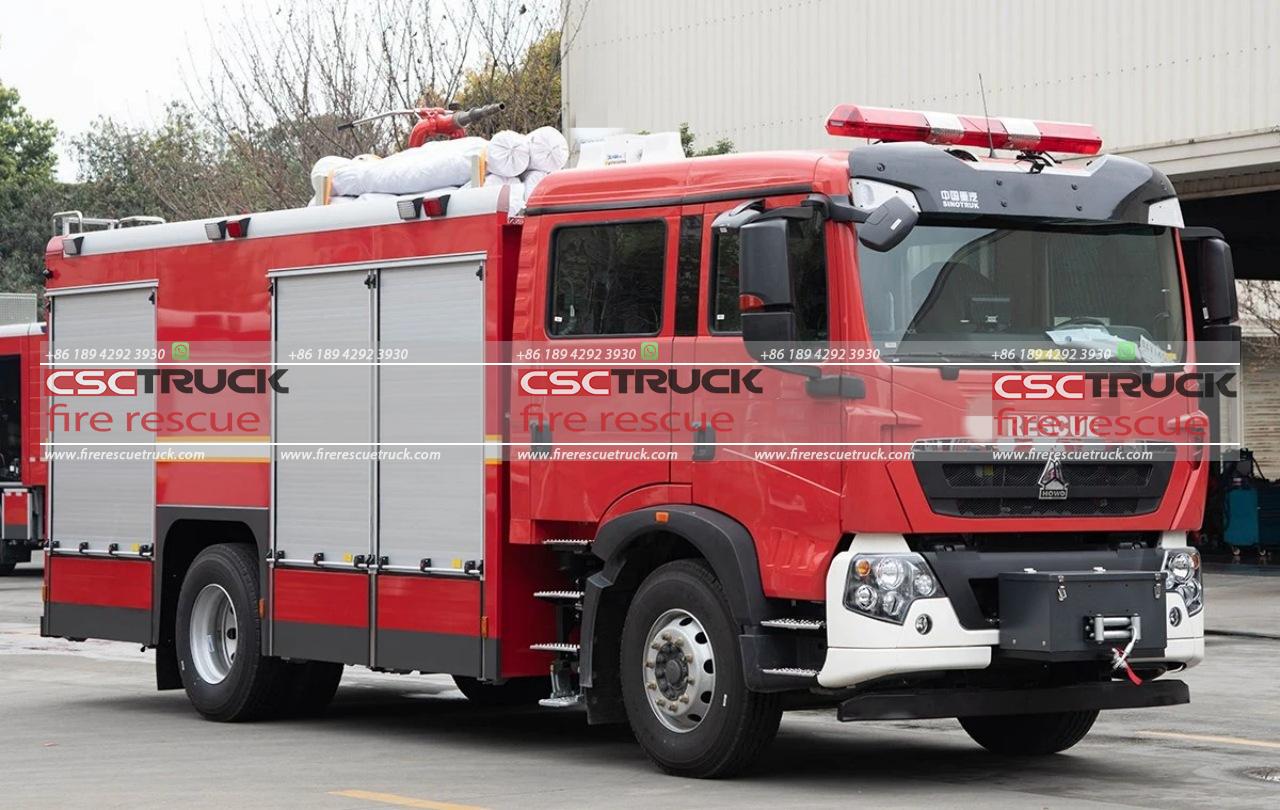
2. Jakes
The term “Jake” is another nickname commonly used to refer to firefighters, particularly in the northeastern United States, especially around the Boston area. The origin of the term is somewhat debated, but the most widely accepted explanation traces it back to the early 20th century when fire alarm boxes were a crucial part of firefighting infrastructure.
The boxes used to alert the fire department of an emergency were called “J-boxes.” Firefighters who responded to these alarms were referred to as “Jakes.” Over time, the term evolved to refer to firefighters in general. The nickname “Jake” is still used today, particularly in the Boston Fire Department, where it is considered a mark of respect.
Being a “Good Jake” in firefighting culture means that you are a dependable, skilled, and well-respected firefighter. It’s a badge of honor and a term that continues to reflect the pride firefighters take in their work.
3. Brass Polisher
Firefighting isn’t just about battling blazes; it also involves maintaining equipment and ensuring that fire stations are in top condition. In the days when brass was a common material used in firefighting equipment—ranging from helmets to hoses—firefighters had to regularly polish the brass to keep it shiny and functional. The term “Brass Polisher” became a playful nickname for firefighters who were particularly meticulous about maintaining their equipment.
While brass is no longer a primary material in modern firefighting tools, the nickname “Brass Polisher” has stuck around as a reminder of the importance of preparedness, organization, and attention to detail. In some contexts, it can also be used to poke fun at a firefighter who is seen as overly meticulous or perfectionistic.
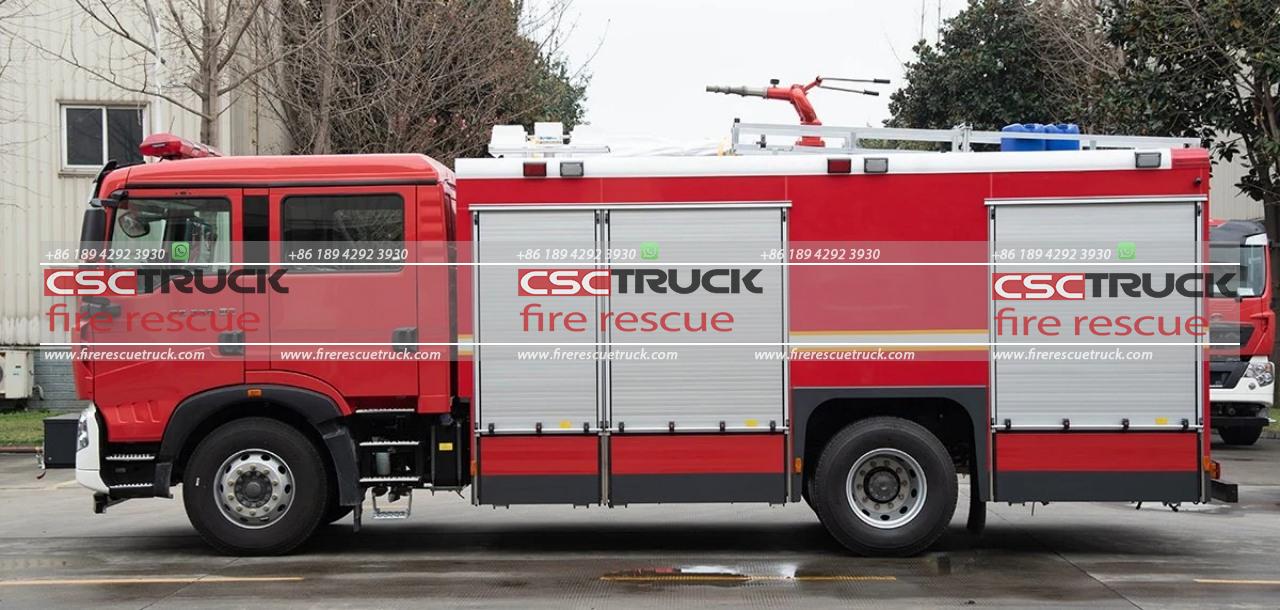
4. Red Helmet
Firefighters are often identified by the color of their helmets, which can signify rank, experience, or specific roles within the fire department. The term “Red Helmet” is a nickname sometimes used to refer to firefighters in command positions, as red helmets are often worn by fire officers or captains. This nickname can be both a mark of respect for leadership and a playful reference to the added responsibilities that come with the rank.
The use of colored helmets in firefighting is a longstanding tradition, and nicknames related to helmet colors can vary by region. In some areas, a “Black Helmet” might be a more appropriate nickname for a rank-and-file firefighter, while a “White Helmet” could refer to a chief or high-ranking officer. The term “Red Helmet,” however, tends to carry a special connotation, symbolizing both authority and expertise.
5. Hotshot
“Hotshot” is a term that refers specifically to a highly trained, elite group of wildland firefighters. These firefighters are deployed to some of the most dangerous and challenging fires, often in remote areas. The nickname “Hotshot” is not only a reflection of their skill but also a mark of pride within the firefighting community.
The term originated in the 1940s, and today, hotshot crews are a critical part of wildland firefighting efforts across the United States and other countries. Hotshots undergo rigorous training and are known for their physical endurance and expertise in fire behavior. While “Hotshot” might initially seem like a nickname referring to someone with a big ego, within firefighting, it is a term of the highest respect.
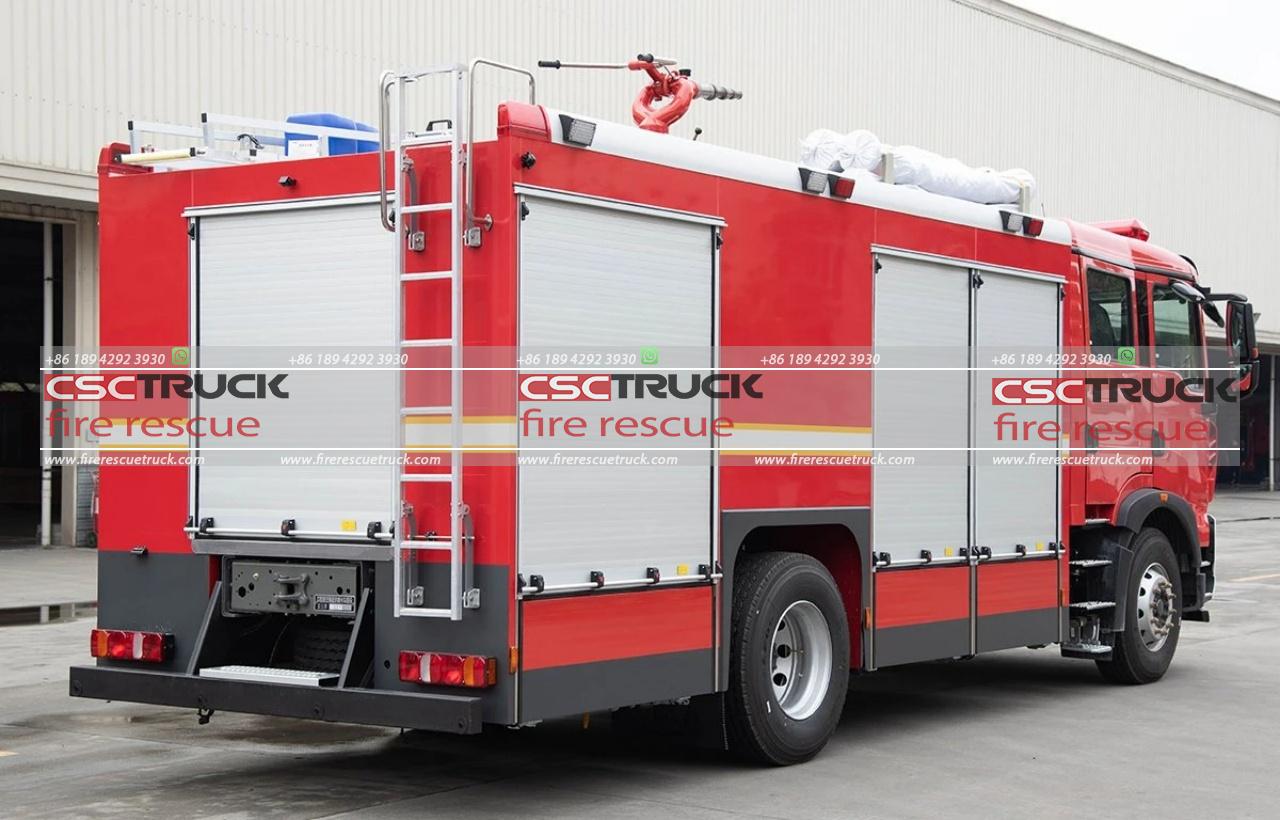
6. Fire Dog
Another affectionate nickname for a firefighter is “Fire Dog,” which plays on the image of Dalmatians, who historically served as firehouse mascots. Dalmatians were often kept by firehouses in the 19th century because they were well-suited to running alongside horse-drawn fire wagons, helping to clear the path to fires.
Though the days of horse-drawn wagons are long gone, Dalmatians remain a symbol of fire departments, and the term “Fire Dog” has come to be a playful nickname for firefighters themselves. It represents loyalty, courage, and dedication—traits that are highly valued in the firefighting profession.
7. Torchy
While not as widely used as some of the other nicknames, “Torchy” is another playful term sometimes given to firefighters, particularly those who have been involved in controlling large blazes. The nickname may come across as ironic, considering firefighters are tasked with putting out fires rather than starting them, but it is often used humorously within the profession.
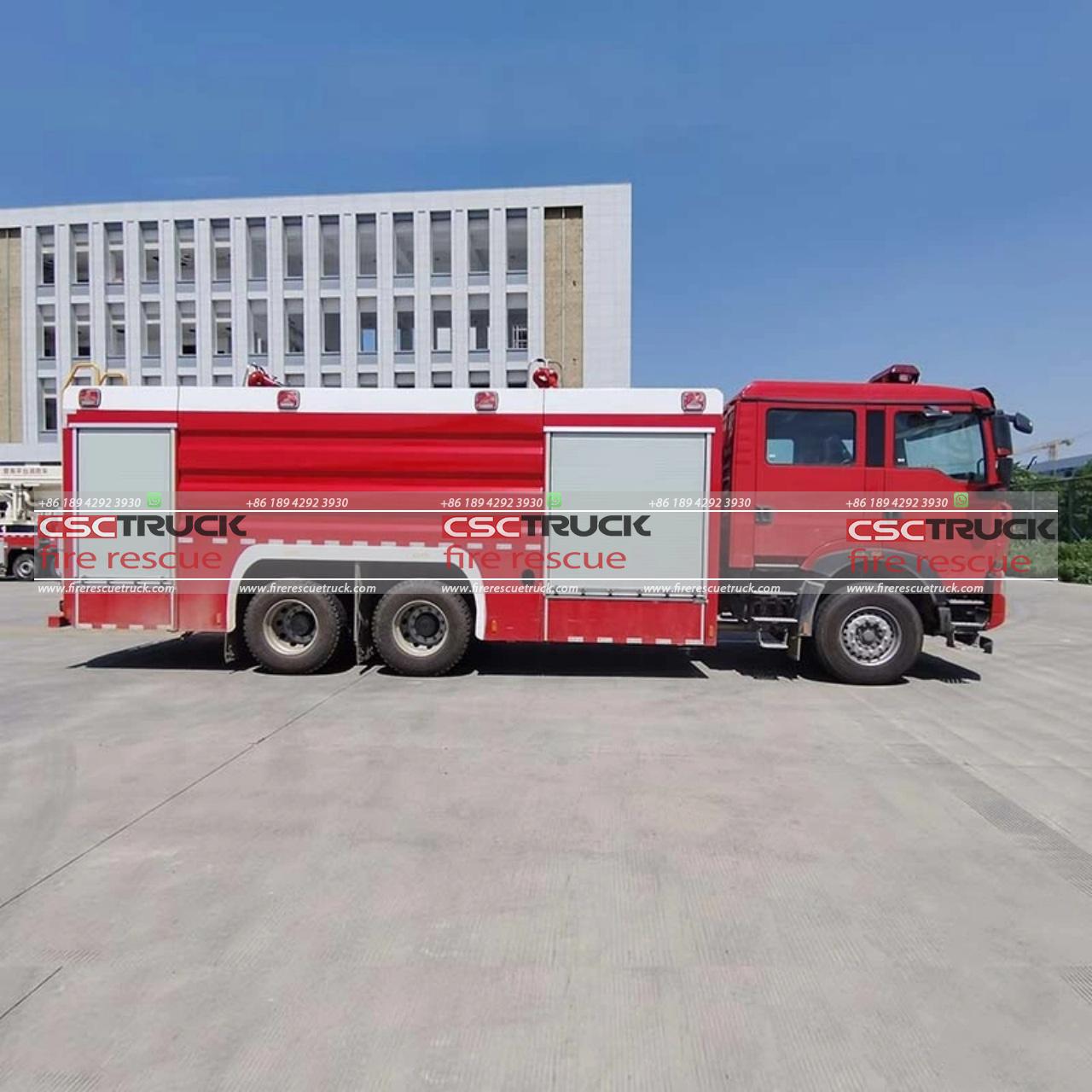
8. Blue Shirts
Some fire departments use a specific uniform code to distinguish between ranks. In departments where firefighters wear blue shirts and officers wear white shirts, “Blue Shirt” has become a shorthand nickname for the rank-and-file firefighters. It can be a term of camaraderie and unity, symbolizing the hard work and dedication of those who are on the front lines.
In contrast, “White Shirt” might be used to refer to officers or chiefs, sometimes with a hint of friendly rivalry or teasing.
9. Salty
“Salty” is a term used within firefighting circles to refer to a seasoned, experienced firefighter. It conveys the idea that the firefighter has been through many tough situations and has earned a wealth of practical knowledge. A “Salty” firefighter is often seen as a mentor figure, someone who can be relied upon for advice and guidance in tricky situations.
The nickname “Salty” likely draws from the nautical term for experienced sailors, as both firefighting and seafaring are professions with deep traditions of resilience and bravery.
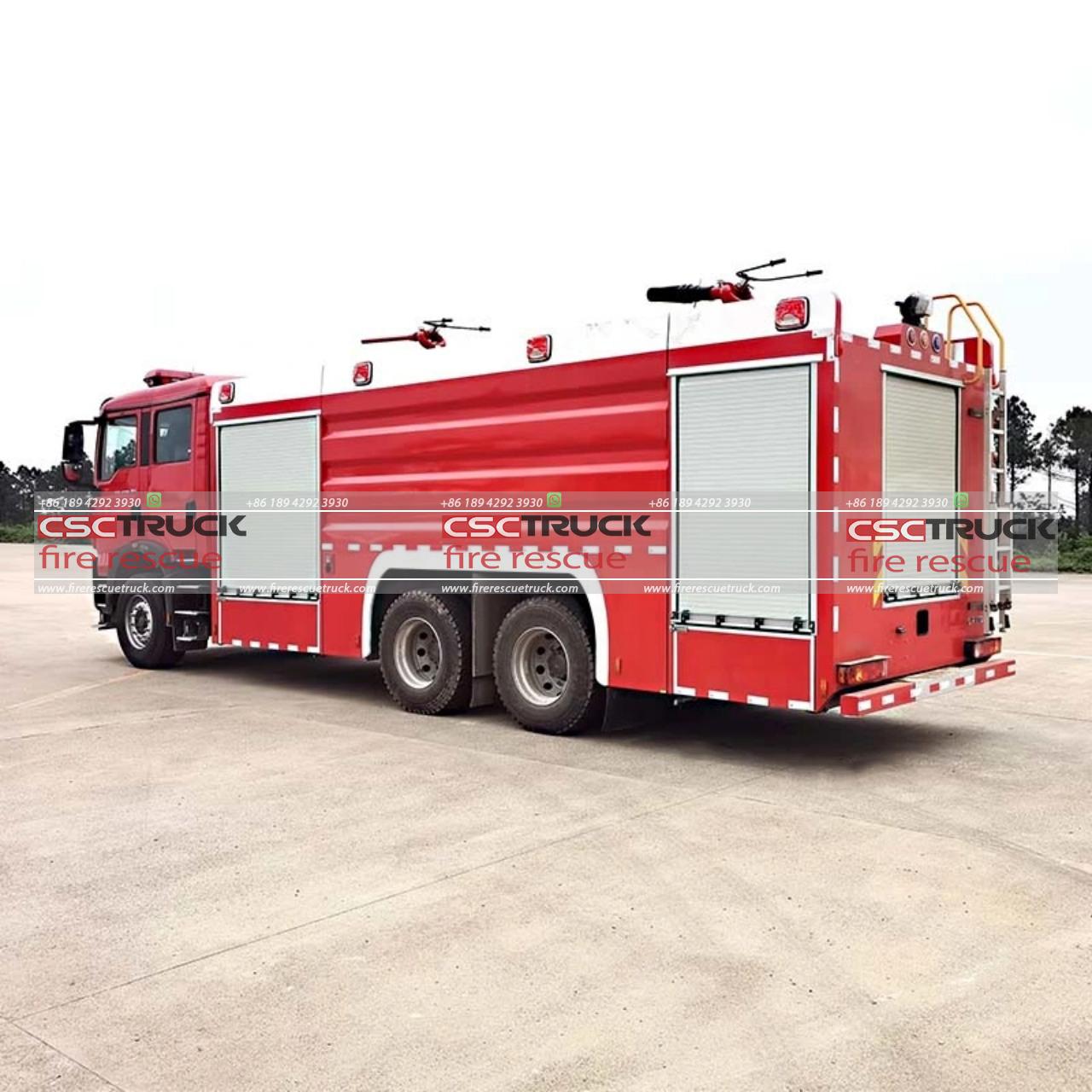
Conclusion
Nicknames for firefighters go beyond mere labels—they are expressions of identity, pride, and camaraderie. Whether it’s a term like “Smoke Eater” that harks back to the dangers of the profession’s early days or a nickname like “Salty” that signifies hard-earned experience, these names reflect the deep bonds and traditions of the firefighting community.
Firefighters earn their nicknames through bravery, dedication, and a shared sense of purpose, and these names serve as a constant reminder of the respect and admiration they command both within their ranks and in the wider community.







